What are the three main types of honey bees in a hive? Races of Bees
Roles of bees in a hive
The man in the street refers to the occupants of a hive as bees, without further particulars. His fellow man understands that he is referring to an insect that buzzes busily around flowers, and produces a jar labelled Honey which later appears on the breakfast table. His instinct for prying further however has been discouraged by the reputation of that insect as a “stinger.”The man in the apiary must know more. He must know the counterpart of the family unit in the bee world: the equivalent there of the boy and girl, the mother, the nurse, the baby, the family drudge, and so forth. He must be able on sight to identify each type, and recognize what activity it is engaging in. He must know whether it is happily busy, or sulking; whether production is up to standard schedule or whether there is loafing; and the home conditions that must be remedied before normalcy will be restored.
3 different types of honey bees
He must learn the three general classifications into which the occupants of the hive are divided; the queen; the workers; and the drones.The Queen
Normally there is only one queen to a hive. She is somewhat wasplike in line and figure: with a long, slightly tapering abdomen, loosely attached to a good wide thorax.She is the largest individual in the colony; characterized by some as dumb, by others as beautiful and by all as a clinging vine. Her task is the laying of eggs, at a rate and in quantities indicated by the workers. If she performs that strictly feminine function well, without prancing about the cells, she is rewarded by the workers’ caresses, and supplied with continuous sweetmeats from their lips. If she fails, she loses their affection; they produce a new queen, and drive the old one forth. The routine of affection and sweetmeats is then transferred to the newly established mistress of the hive, and the cycle of egglaying resumes.
In laissez faire beekeeping, a queen may live on and function as such for five or more years; in controlled, commercial apiculture, she is usually, intentionally superseded every second year.
Apiculture cannot be successfully pursued until you can recognize the queen bee on sight. Toward that end study the caption picture until you can reconstruct from memory its line and figure, and its relationship in size and shape to the worker bee and the drones.
Later chapters will discuss where and how to locate her in the hive; how to clip her wings to avoid flight; how to mark her with a number, and why, and how to judge her egglaying performance. Meanwhile, become so thoroughly familiar with the physical appearance of the queen that you can recognize her on sight.
The Worker Bee
The bulk of the bees in a hive are worker bees. They may number from 20,000 to 100,000. They provide the wax, build the comb, bring in the nectar, pollen, water and propolis; they tend the larvae, clean the hive, evaporate the nectar, and guard against robbery. They literally work themselves to death.Later chapters will discuss in detail their conduct and activities, and what motivates it. In this way the principles of beekeeping can be followed from cause to result, and how the direction of that result may be controlled.
The Drone
Note how much larger and heavier he is than the worker; yet not so long as the queen. He is a massive fellow. Note how his eyes come together on the top of his head; how his wings are larger, his body and head thicker, and his buzz noisier. If you would like to get your first feel of the hive pick him up between your thumb and forefinger; he is harmless; he has no sting. He is nice and fuzzy. Look him over; he is a useless fellow; he has no baskets on his legs in which to carry pollen, no wax glands, and his tongue is functionally unsuited to the gathering of nectar.Later chapters on hive management will deal with control of the drone population in practical beekeeping, where the function of fertilization has been assumed by commercial specialists.
Races of Bees
Bees, like people, have been classified into races. Some are known by their color, or other characteristic: as the Black Bee, or the Brown Bee; the Little Bee and the Giant Bee; others are known by their presumed country of origin, as the Italians, the Caucasian (Russian), the Carniolans (Jugo-Slavia), the Banats (Hungary), Tellians (North Africa), Cyprians, Holy Land Bees (Palestine), Syrians, Egyptians, and so forth.No matter what the race, however, the family units still remain the queen bee, the worker and the drone. What the authorities differ on is the characteristics of those family units as varied by race.
preference, but out of the body of research and observations, we find the following points:
The qualities most frequently accredited to any one of these races has with careful bee management been demonstrated by and found in the others, and that, accordingly, race is not the touchstone by which good bees can be separated from worse bees.
That the variable is the quality, and that race of itself is no guaranty of a bee that is gentle, works well and accumulates a surplus, doesn’t rob, winters well and swarms but little.
That virtues cannot be distributed and accredited so many to any one race, and that the thing to do in practical beekeeping is to get a bee that comes from a good family (strain), no matter what its race, creed or color.





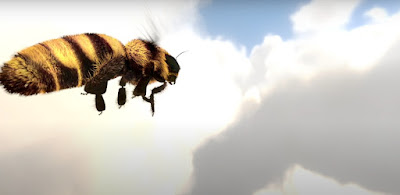
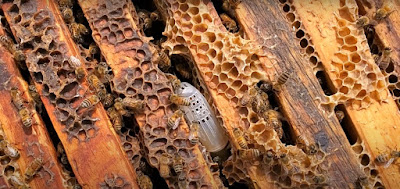
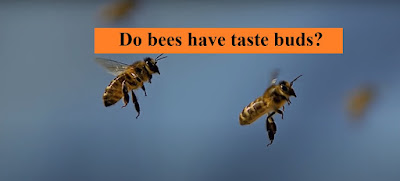

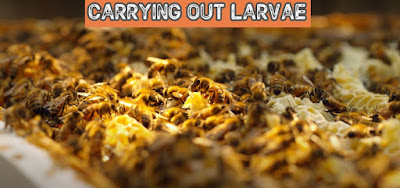
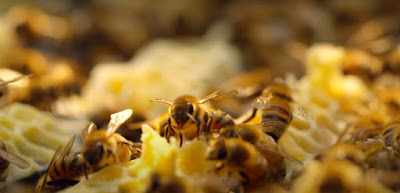

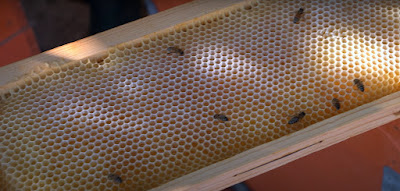

Comments
Post a Comment